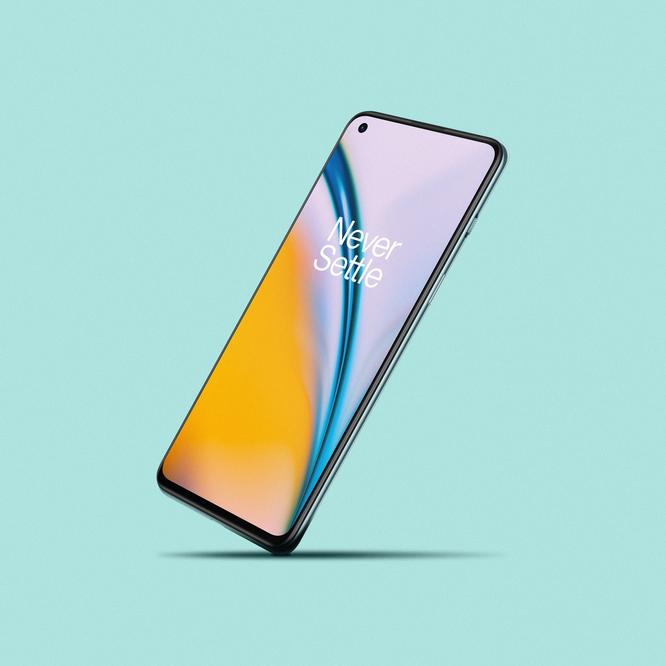The Nord 2 looks very similar to the OnePlus 9, and, while the understated design is stylish, it may also underwhelm some. Also, the phone design does disappoint in the hand. The Poco F3 is slightly thinner, but the difference feels bigger once holding these devices.
While Nord 2 feels a tad chunky for a modern device and slightly cheaper, the F3 does a good job of mimicking the sleekness of a more premium phone like a Samsung or top-end Xiaomi – a true flagship-killer requirement.
Living with itOxygenOS is one of the best Android skins around, if notthe best outside of Google Pixel, and has been for some time. This remains true for the Nord 2 – things are kept simple and unencumbered by a lot of bloat you get from other budget rivals.

The day-to-day use of the Nord 2 is a breeze and the shift away from Snapdragon doesn’t appear to have hurt it much in this area. Our testing did show it to fall behind the Snapdragon 870 in the Poco F3 in general benchmarking, but then match up in games testing. Our Nord 2 sample did have the advantage of 12GB RAM versus the F3’s 8GB RAM. But, the everyday performance difference was negligible.
With the smooth 90Hz refresh rate, nigh-on faultless browsing and flitting between apps you get from the Nord 2, it does its job in making you question why you’d need much more performance from your phone.
However, while the internals may be up to snuff, the presentation of its capabilities are let down by its screen. The 90Hz 1080p AMOLED is decent enough, but it won’t wow. It doesn’t get that bright, and colours are uninspiring. By contrast, the Poco F3, with its 120Hz 1080p AMOLED, is on a completely different level. It instantly leaves you admiring that such a good display is on a sub-£300 device – luxurious detail and bright colours abound. This makes it a phone that’s far more pleasing to use minute-by-minute than the mediocre screen offering of the Nord 2.
The difference in display quality is the most important factor that leaves the Nord 2 floundering in terms of day-to-day experience, but another feature is also a big problem. The side fingerprint scanner of the Poco F3 is snappier and more conveniently placed than the in-display scanner on the Nord 2. The Nord 2’s isn’t slow, so if you do prefer the in-display solution, you’ll be happy – but the Poco F3 feels far more intuitive.
Another daily-use coup for the Poco F3 comes in the form of surprisingly pleasing stereo speakers. In contrast, the stereo setup of the Nord 2 is harsh, and not something to be used regularly. Grab a Bluetooth speaker or some headphones instead.
Killer featureOnePlus has long prided itself on its fast-charging capabilities, and the Nord 2 does have the Poco F3 beat in the charging department. The 65W charging offered by OnePlus gets you fully charged in around 30 minutes, while the Poco F3 takes about double that time. Regular OnePlus users might be used to this impressive faster charging now, so may not want to take a backwards step, making this something to sway potential Nord buyers.
However, the battery life of both phones is intriguing. They are a similar size, but the 120Hz adaptive refresh rate Poco F3 matches the 90Hz adaptive refresh rate Nord 2 in how long it lasts, with both typically getting you to the end of the day with a little extra in the tank.
